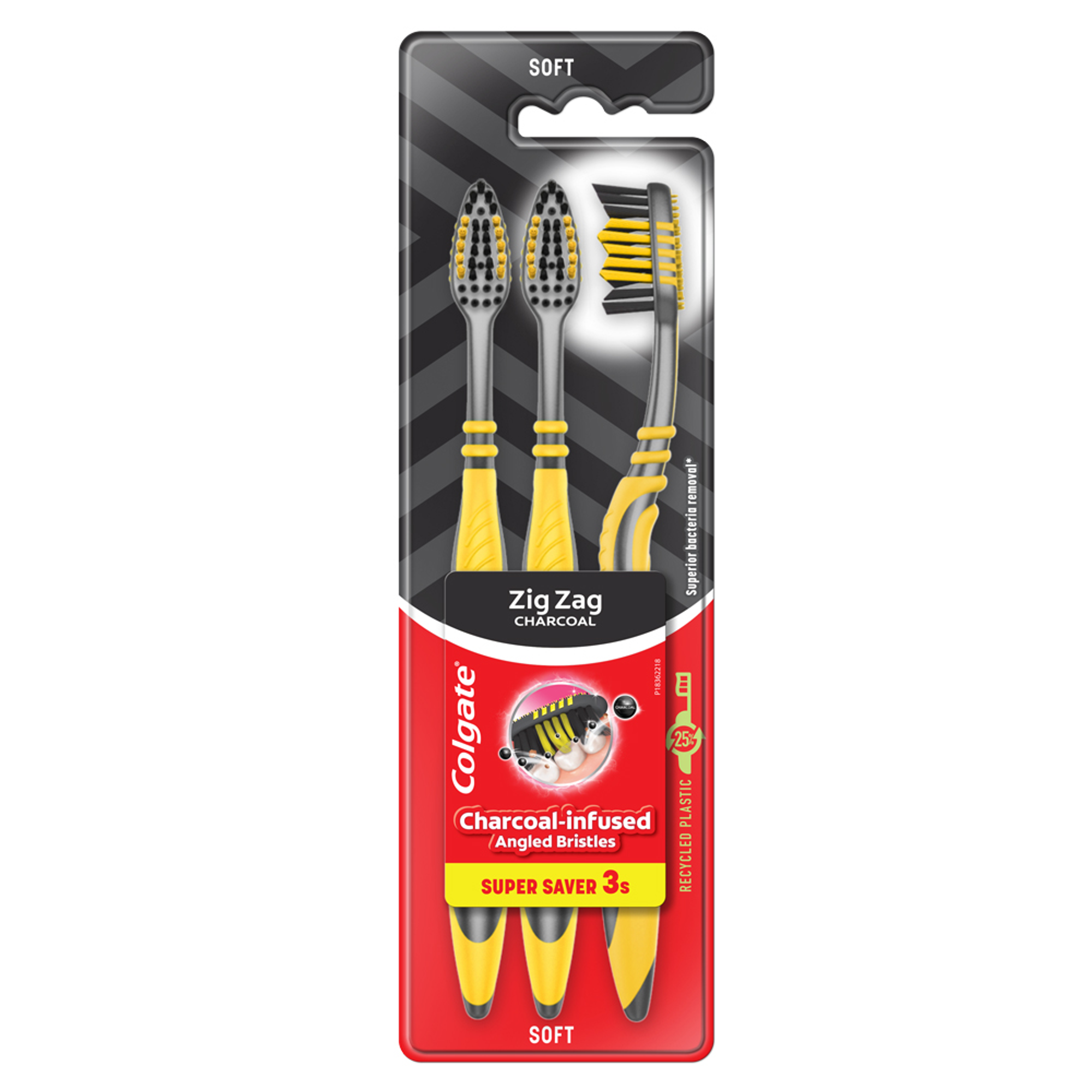- Oral Health and Dental Care | Colgate®
- Oral Health
- Do You Know All the Human Teeth Names?


Your teeth are divided into four types: incisors, cuspids, premolars and molars. At most, you have 32 permanent teeth, but you start with 20 baby teeth, which include only incisors, canines and molars, per the American Dental Association (ADA). Getting a little brush up—pun intended—on all the human teeth names, each type's location and their function can help you better understand why your oral care is so important.
Incisors Slice Food
Your smile begins with your incisors. These eight teeth are at the front of your mouth, with four on top and four on bottom, as Ireland's Dental Health Foundation explains. Your incisors mainly work to slice and dice food into more easily chewable pieces. There are two types of incisors:
Central Incisors
These incisors are directly in the middle of your mouth. They are typically the first teeth to erupt for babies and the first to fall out to make room for adult permanent teeth, according to the ADA tooth chart. They're also particularly prone to fractures and breaking. Per a report in Sports Health, injuries to the upper central incisors are common during sports, which is why it's important for children and athletes alike to use special protection, such as a mouth guard, when engaging in sports.
Lateral Incisors
Your front two teeth might have a "central" role in your smile, but the teeth just next to these — your lateral incisors — also help to form the perception of a great smile. A study in Periodontics and Prosthodontics points out that the shape, location and position of these teeth in relation to your central incisors make up the "golden proportion," which is the size relationship that humans perceive as visually pleasing.
Cuspids Grip and Tear Food
Your four cuspids are the fang-like teeth that sit next to your lateral incisors. They're also often known as eye teeth (in the case of the upper two) or canines. These teeth have a sharp biting surface, as the Dental Health Foundation notes, and help you clamp down on food and tear it. Their position in your mouth also helps to guide your teeth and food into an optimal chewing position, according to the Advantage Career Institute Medical & Dental School (ACI) in the United States.
Premolars Crush Food
Your premolars are the next teeth adjacent to your canines, and they're found only in your permanent set of teeth. These eight teeth help you crush food, as the Dental Health Foundation explains. In terms of human teeth names, they are also referred to as bicuspids — a term which indicates that they have two points, according to the Dictionary of Medicine.
Molars Grind Up Food
Your molars are located in the back of your mouth and are the main teeth you use for chewing, as the Advantage Career Institute Medical & Dental School (ACI) notes. In a full set of permanent teeth, there will be six molars in total, with three on the top and three on the bottom:
First and Second Molars
Your first molars are located toward the back of your mouth next to your second premolars. Behind them are your second molars, as the ADA chart outlines. These teeth have pits and fissures, which are grooves that can harbor bacteria and decay. To protect these teeth from cavities, your dentist may recommend dental sealants, as the ADA explains.Third Molars
Your third molars — also known as wisdom teeth — are the teeth furthest in the back of your mouth. They're unique because they are the last to erupt into the mouth and often need to be extracted, as the Advantage Career Institute Medical & Dental School (ACI) notes.
Per the ADA, teeth can actually last for hundreds of years, but they're susceptible to wear, damage and decay over a lifetime. Make sure to brush twice a day, floss daily and keep up with regular dental appointments to ensure all of your teeth stay healthy.
Related Products

Helping dental professionals
More professionals across the world trust Colgate. Find resources, products, and information to give your patients a healthier future













